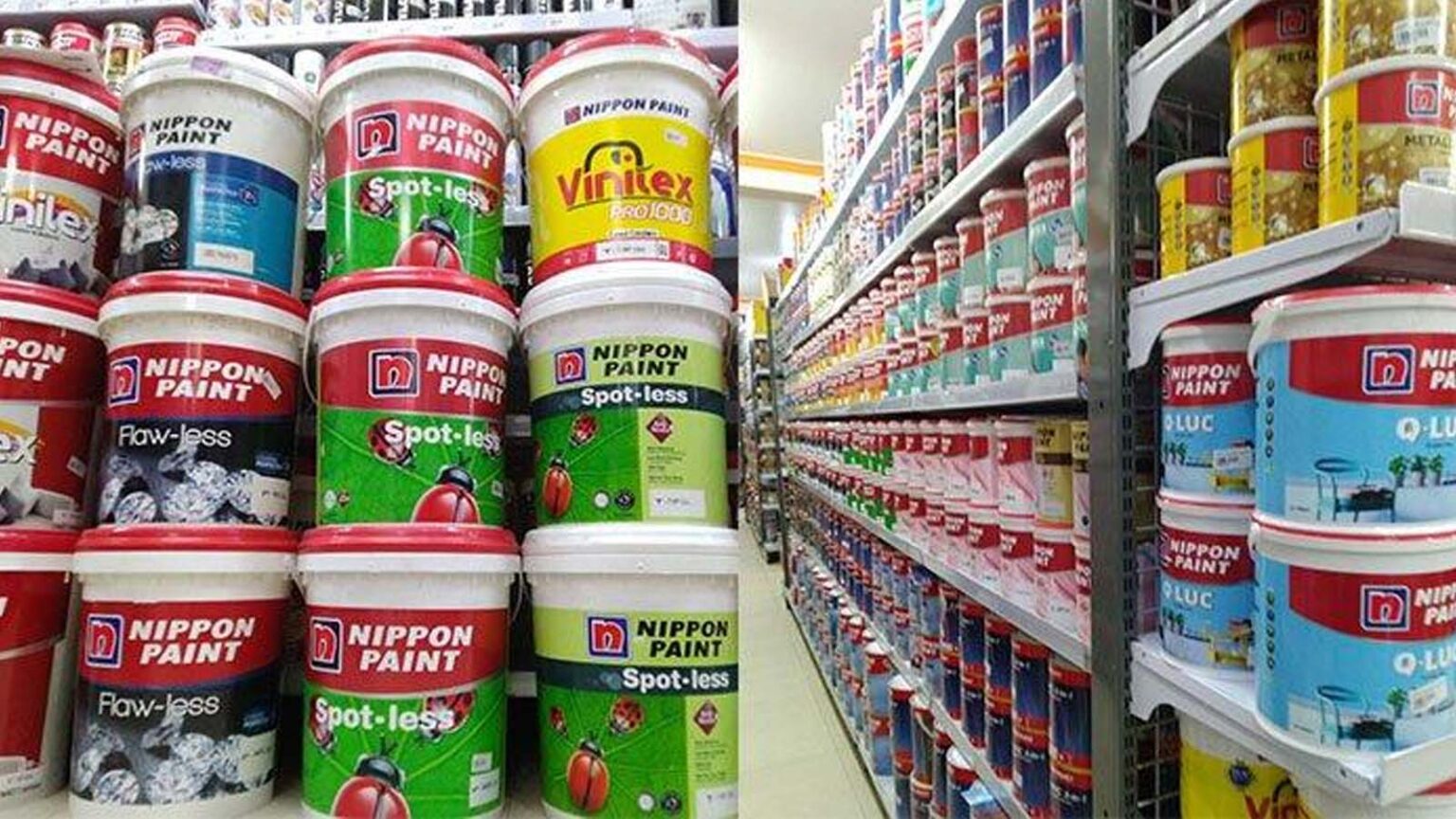- The Japanese paint company will use Kenya as its gateway to the regional market
- NIPSEA Paint Kenya, the company will introduce products for automotive refinishing, car care, wood coating, and industrial coatings.
- The rise in infrastructure projects, including residential, commercial, and industrial developments, has fueled the demand for a wide range of paint products.
Japanese paint company Nippon, the world’s fourth-largest paint company coatings group in Asia Pacific, has expanded into Kenya as it targets to grow market share.
Through its Kenyan subsidiary, NIPSEA Paint Kenya, the company will introduce products for automotive refinishing, car care, wood coating, and industrial coatings.
Working through a distributorship model, Nippon Paint is setting Nairobi as its regional hub, before setting up in-country operations in the respective East African countries.
“We are eager to establish our presence on the African continent through Nairobi and East Africa. Over the past two years, we have successfully introduced our products to the market via our distributor, and the response has been exceptional,” Nippon Paint India and NIPSEA Paint Kenya Director Sharad Malhotra said.
“With our direct presence, including our office and warehouse, we are reaffirming our commitment and expanding our product offerings to cater to every customer segment at every price point.”
Read Also: Africa: What if oil disappeared tomorrow?
Local expansion is part of the firm’s global strategy to boost growth and innovation. According to Statista, in Kenya, the revenue generated in the Paint, Wallpaper & Supplies market in 2024 amounts to $610 million (Sh78 billion)
Japanese Paint Company
“Nippon Paint’s decision to establish a direct presence will bolster our existing efforts and resources,” said Jamil Virjee, Managing Director of Coat.
“The market has warmly embraced the Nippon Paint brand, and we anticipate even greater customer satisfaction with the expanded product range and enhanced service capabilities.”
Kenya’s paint industry has seen significant growth over the past decade, driven by a booming construction sector, urbanisation, and a growing middle class.
The paints and coatings sector are one of the most competitive industries in East Africa. Many manufacturers are striving to tailor-make their products and services to the needs of the discerning and well-informed consumer and to remain competitive in the market.
According to the Frost & Sullivan’s Decorative Paints and Coatings Market for Kenya and Tanzania Forecast to 2020, it was established that the total market size stood at 66.2-million liters in 2015. The figure was projected to add 91.5 million liters by 2020 and well over an extra 20 million liters in 2021.
The combined market value for both countries in 2018 was estimated at $188 million, with Kenya accounting for a larger share owing to the construction boom witnessed in Nairobi and other major towns.
This growth has been partly driven by innovative technologies which have made it possible for manufacturers and suppliers to meet the growing demand of consumers.
These technologies have seen the emergence of innovations such as waterborne Epoxy (Floor) coatings, waterborne metal primers and topcoat high-solids coatings.
One of the key players in the market is Crown Paints, which holds a substantial share of the market.
Alongside Crown Paints, other notable companies include Basco Paints, Sadolin Paints, and the recently launched Nippon Paint, which has set up a subsidiary in Nairobi to tap into the growing demand.
The rise in infrastructure projects, including residential, commercial, and industrial developments, has fueled the demand for a wide range of paint products.
The government’s investment in the Big Four Agenda, which prioritises affordable housing, manufacturing, universal healthcare, and food security, has further stimulated the industry.
For instance, the affordable housing initiative aims to build 500,000 housing units, significantly increasing the demand for paint.
Kenya’s paint industry also faces several challenges. Fluctuating raw material prices, largely imported, have impacted production costs.
Additionally, competition from international brands and counterfeit products in the market poses a threat to local manufacturers.
The industry is also grappling with environmental concerns, as the use of lead-based paints and improper disposal of paint products raise health and environmental issues.
Despite these challenges, the future of Kenya’s paint industry looks promising. There is a growing trend towards eco-friendly and sustainable paint products, with manufacturers increasingly adopting green technologies.
Technological advancements are also shaping the industry. The use of digital platforms for marketing and sales has gained traction, providing customers with more accessible and convenient ways to purchase paint products.
Additionally, training and development programs for painters and contractors are enhancing the quality of paint application, ensuring customer satisfaction and fostering industry growth.
According to industry players Kenya’s paint industry is poised for continued growth, driven by robust construction activity and urban development.
Read Also: Painting a Hollow Canvas: The Plight of African Artists Amid C-19
